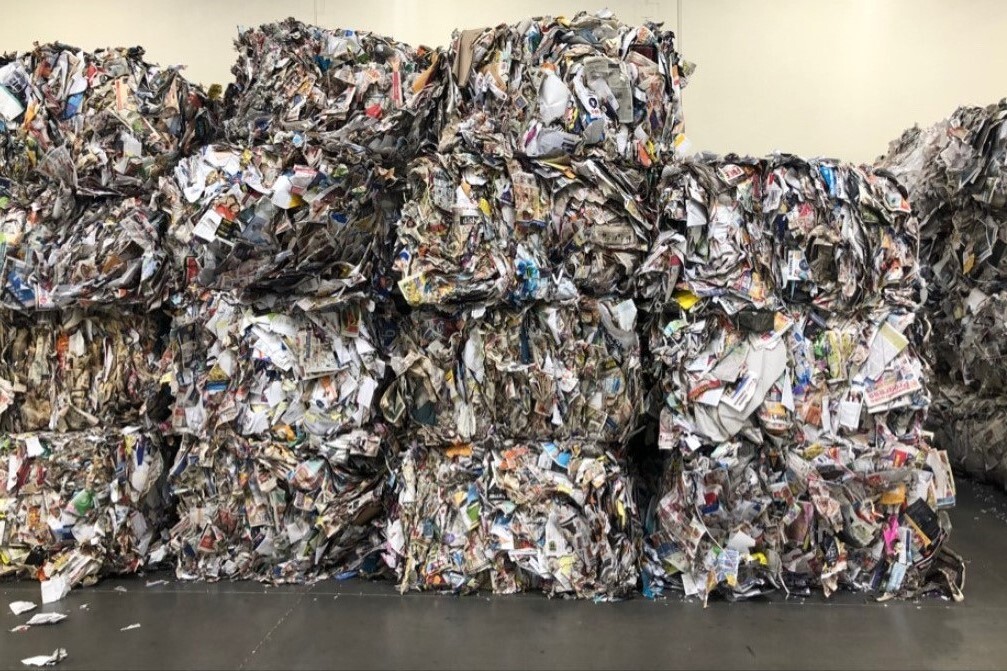How we make it greener SANCTUARY® Loose-Fill or Spray-Applied Insulation by Greenfiber®
85% Recycled Content
SANCTUARY® Cellulose Insulation is made from up to 85% recycled paper, and cardboard—higher recycled content than almost any other commonly used building material. This plant-based, or biogenic, material locks more carbon into the paper (and out of the air) than what was emitted in harvesting and manufacturing. This opens up a new category of building materials with carbon removal and storage potential. When added to homes, cellulose insulation traps that carbon for the life of the home, effectively lowering the carbon footprint of homes.

Regional Transportation
The Applegate-Greenfiber® supply chain is sustainably focused, as we have a plant in each region of the country to keep the delivery of raw materials and shipping of finished product to within a 500 mile radius of each plant, lowering resulting fuel emissions.
Our SANCTUARY® Insulation is also compressively packaged to 6x, or more, nominal settled density for maximum transportation efficiency. This compressive packaging allows for fewer deliveries and more cellulose insulation on the transportation vehicle.

Low-Energy Manufacturing
Our electric powered plants use low-energy manufacturing processes that generate zero waste, other than dust, which is confined within the production system and filtered out of the air that gets discharged into the atmosphere. We even recycle that dust, and the paper scrap from production, back into the product. Fire retardants used in our insulation are considered to be of low or no toxicity. Improvements in fire retardant processing and infusion technology have resulted in historically low fire retardant content with no loss of fire safety.
Applegate-Greenfiber's process diverts about 277,000 TONS of paper from landfills each year, equivalent to 157,000 ACRES of forest.

Protecting People and the Environment
With SANCTUARY® Insulation, the same attributes that contribute to the low global warming potential make it a great choice for homeowners who desire more sustainable, healthy homes. If you’re torn between cellulose and other insulation alternatives, consider this breakdown of greenhouse gas impact, recycled content and toxic emissions. Non-irritating cellulose insulation requires no special protective clothing during installation. Our insulation products has been tested for VOC emission and have been found to be low VOC sources.
Most construction projects have large dumpsters on site full of construction waste and debris from building products that end up in the waste stream and require shipping to landfills, further impacting the environment. Our insulation is fully recovered and reused on-site when installed, leaving virtually no excess material to return to the waste stream. Special machines used in the blown-in process allow excess or over spayed material to be vacuumed up and be blown back in on site or salvaged for a future installation.
Low Carbon Footprint Homes
Research on the use of wood-intensive construction and cellulose insulation products in homes shows it is possible to lower the carbon footprint of houses, so they become "carbon sinks" capable of locking in carbon for the life of the dwelling. The carbon rich wood and cellulose wood fiber stays in the home for years effectively trapping the carbon from escaping into the environment.

 SM Transparency Report (EPD)
SM Transparency Report (EPD) 